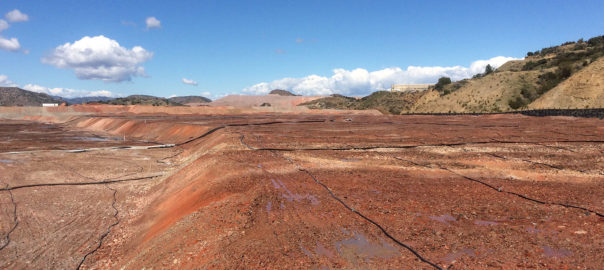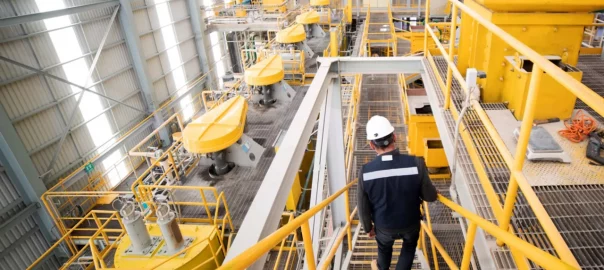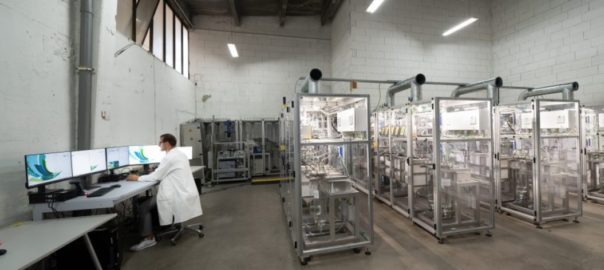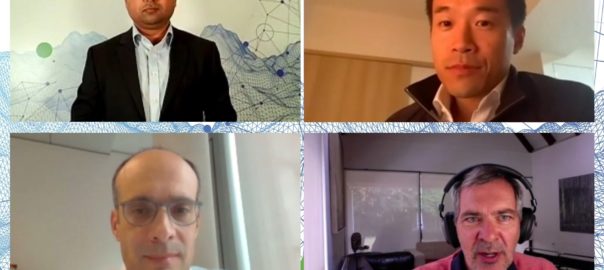Global chemical company BASF and hydroGEOPHYSICS Inc (HGI) have announced an exclusive partnership aimed at combining expertise in mineral processing, hydrometallurgy and deep well injection.
The collaboration aims to optimise copper extraction in the mining industry by using HGI’s geophysical techniques to identify areas within the heap that currently offer poor recovery and will involve the design and implementation of a deep well injection program, incorporating BASF’s LixTRA leach aid to facilitate a significant uplift in copper extraction.
HGI employs state-of-the-art geophysical technologies to characterise the structural components of heap leach pads, enabling the design, operation and monitoring of targeted lixiviant injection wells, the companies explain. By adding BASF’s LixTRA leach aid, greater ore-lixiviant contact is made, which ultimately leads to higher copper dissolution and increased metal recovery. Initial results from a customer’s site have demonstrated a 20% increase in copper recovery during the trial period, prompting further testing on a larger scale to quantify the benefits, they added.
Caren Hoffman, Vice President Mining Solutions at BASF, said: “Technological advancements are essential if the industry is to meet the projected copper demand going forward. Using HGI’s expertise to identify areas of poor heap leach performance and then targeting these areas through deep well technology and BASF’s LixTRA reagent is a great example of how partnerships can drive sustainable process improvements in the mining industry.”
Brian Cubbage, Executive Vice President, Operations at HGI, added: “Enhancing copper recovery is a sustainable and safe manner is the main focus for most of the mines HGI works with. Leveraging HGI’s expertise in locating and enhancing copper recovery in underperforming areas in heap leach pads, with applying BASF’s LixTRA reagent through our injection programs, has provided a significant boost in the efficiency of copper recovery.”













